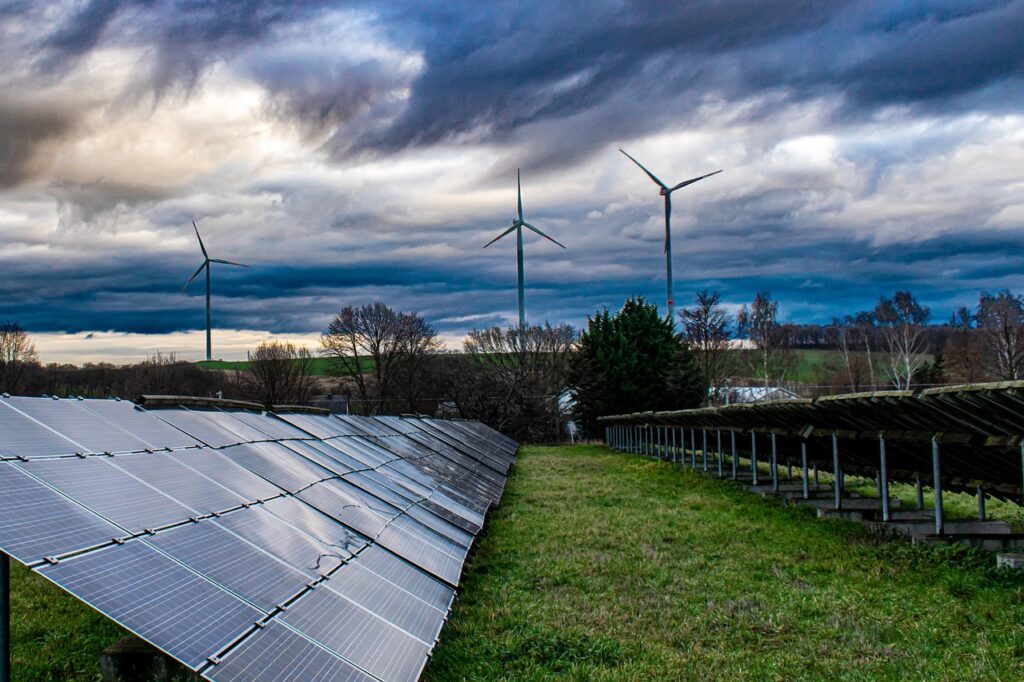In a press release from the World Bank on the 27th of September 2022, it was reported that solar mini-grids have the potential to provide uninterrupted electricity to over 500 million people in unpowered and unserved communities by 2030. Today, there are about 750 million people without access to electricity, and more than 50 per cent of them live in sub-Saharan Africa. In a recent interview, the practice manager for the World Bank’s Energy Sector Management Assistance Programme (ESMAP) spoke on how Africa can leverage private finance and mini-grid technology to bridge the power access gap. However, he emphasized the need to have more sustainable policies that would drive the mini-grids across Africa as the current policies, if not changed, would keep at least 670 million people without access to electricity by 2030. He added that the current pace of electrification on the continent is not fast enough.
While Mini-grids have been applauded as crucial in accelerating access, they cost about $0.4/KWh, which is higher than the $0.16 average cost of electricity globally in terms of production cost. In a recent study undertaken by Nextier’s technical associate along with other researchers from Ghana on the profitability of renewable energy sources in the country, it showed that while the levelized cost of energy (LCOE) for a solar PV project is 2.34/KWh. At the same time, the national tariff for electricity is 1 GHC/Kwh. Considering that solar PV is currently the most affordable among renewable energy sources, this calls for concern about the ability of the communities where these mini-grids are connected to pay the associated tariffs. According to the Mini Grids for Half a Billion People Handbook, the production cost currently is high. Still, it is projected to come down to about $0.2 by 2030 if all the necessary measures are put in place to drive the mini-grids.
The Nigeria’s Energy Transition Plan established a target of 7GW for mini-grid generation by 2050. However, given the existing state of the sector and the growth in the capacity of mini-grids nationwide over time, this objective is nearly impossible to reach. The sustainability has been called into doubt because, Aside from Husk Power Systems, no other African developer of mini-grids has been able to break even or turn a profit, even though some of them have been in business for roughly ten years.
Several studies have demonstrated that customers’ ability and willingness to pay is high, and Husk Power Systems has distinguished itself from other mini-grids by achieving corporate profitability. Early-stage businesses find it extremely difficult to raise capital to advance beyond grant or private equity-backed pilot stages despite the fact that their services are reliable and predictable.
The sustainability and scalability of mini-grids in Africa will require targeted interventions. First, large-scale, long-term loans at low-interest rates are crucial. As infrastructure initiatives, mini-grids should receive funding appropriate to their significance. De-risking instruments, patient debt, and equity capital are essential to luring semi-commercial and commercial lenders.
Secondly, a concerted effort is needed to empower communities through business training and asset finance. Relying solely on energy for lighting is insufficient to ensure the economic viability of mini-grids. Elevating local incomes through productive use training and micro-finance or implementing cross-subsidization of energy costs will be pivotal in making energy accessible to the most vulnerable segments of society.
In conclusion, mini-grids hold the key to unlocking Africa’s energy potential and propelling the continent towards a sustainable future. This feat can be achieved by adopting a multi-pronged approach that encompasses policy reforms, strategic investments, and community empowerment. We can bridge the power access gap and usher in an era of inclusive and reliable electricity for all. The time to act is now, for a brighter, more electrified Africa awaits.



